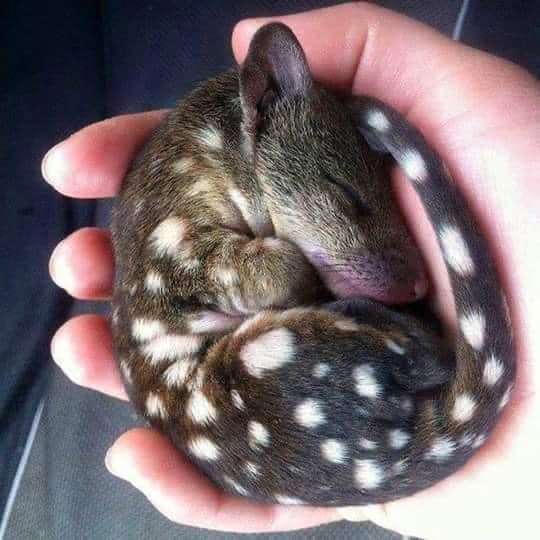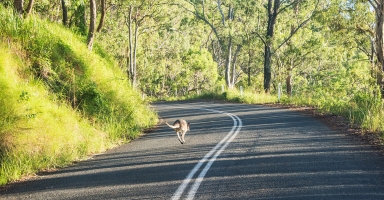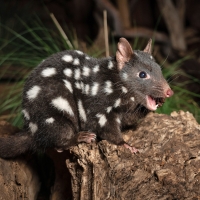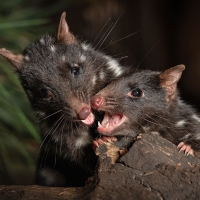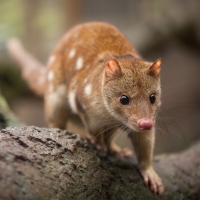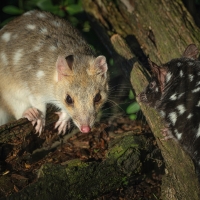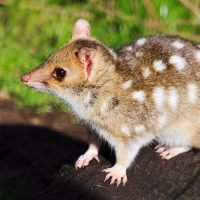Tasmanian quolls are native marsupials found in Tasmania, with two main species: the Eastern quoll (Dasyurus viverrinus) and the critically endangered Western quoll (Dasyurus geoffroii).
Quolls are small to medium-sized carnivorous animals known for their distinctive spotted fur and nocturnal habits. They primarily inhabit forests and scrublands and play an important role as predators in their ecosystems.
In recent years, quoll populations have faced significant declines due to various factors, including habitat loss, competition from invasive species, and diseases. As a result, several conservation efforts have been implemented to protect these species.
These initiatives focus on habitat preservation, invasive species control, public education, research and monitoring, breeding programs, and collaboration with Indigenous communities.
These strategies aim to enhance the survival prospects of Tasmanian quolls and contribute to the overall conservation of Tasmania's biodiversity.
Conservation efforts are essential to protect Tasmanian quolls, particularly the Eastern quoll, involve several strategies aimed at addressing the factors contributing to their decline.
As with all Tasmanian wildlife, here are some key initiatives to ensure their safety:
- Habitat Preservation: Protecting and restoring natural habitats, rather than destroying is crucial for the survival of quolls. This includes managing forested areas and scrublands to ensure they provide adequate food and shelter.
- Invasive Species Control: Efforts are underway to control populations of invasive species, such as feral cats and foxes, that pose significant threats to quolls. This can involve trapping, removal, and awareness campaigns to reduce their impact on native wildlife.
- Public Education and Engagement: Raising awareness about the importance of quolls and the challenges they face is key to garnering public support for conservation efforts. Programs that engage the community can encourage responsible pet ownership and habitat stewardship.
- Research and Monitoring: Ongoing research into quoll populations, their behaviors, and their habitats helps inform conservation strategies. Monitoring programs track population trends and gather data on their health and breeding.
- Breeding Programs: In some cases, breeding programs may be established to support population recovery. These programs can help increase numbers and may involve releasing quolls into areas where they have disappeared.
- Collaboration with Indigenous Groups: Involving Tasmania’s Indigenous communities is increasingly recognised as important. Their traditional knowledge can provide valuable insights into land management practices that benefit quolls and other wildlife. These efforts are part of a broader commitment to conserving Tasmania's unique biodiversity and ensuring the long-term survival of quolls and other valuable wildlife in their natural habitat.

